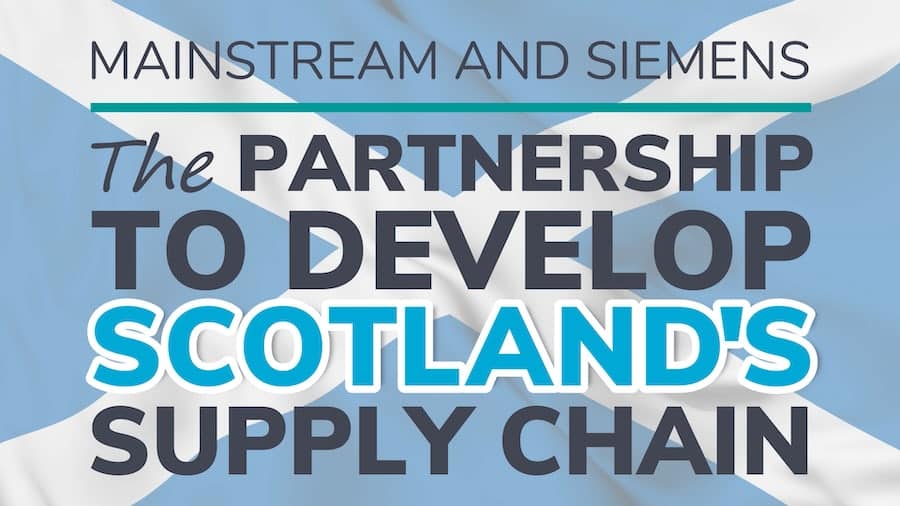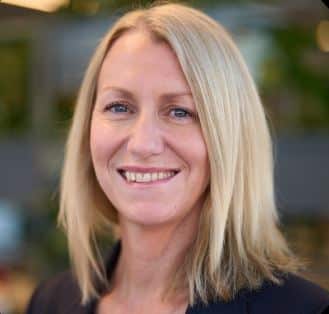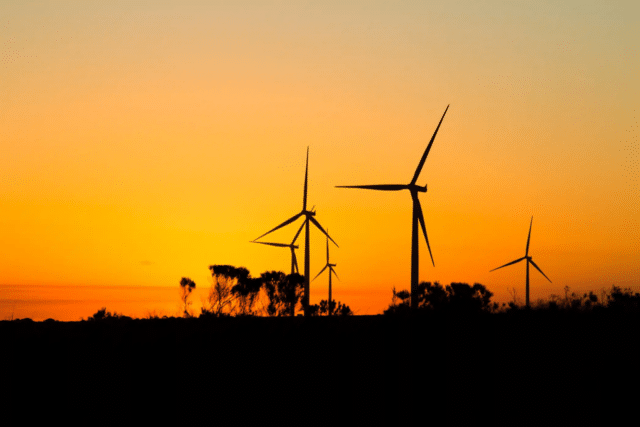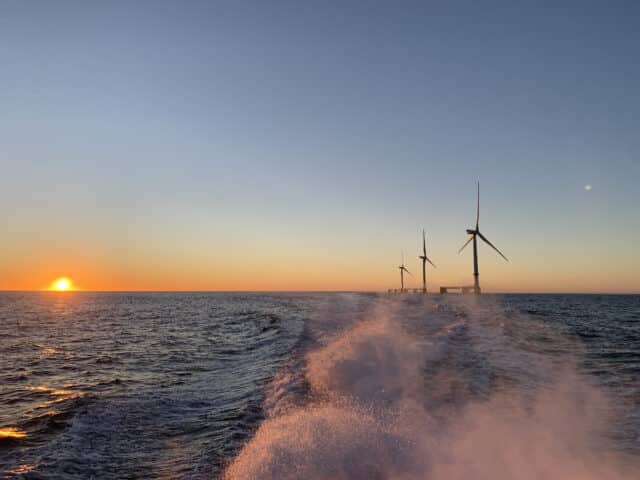RUK: ScotWind partnership one of biggest supply chain success stories
Category
Events
Date
30 September 2021
Location
Global
Project
Arven Wind Farm
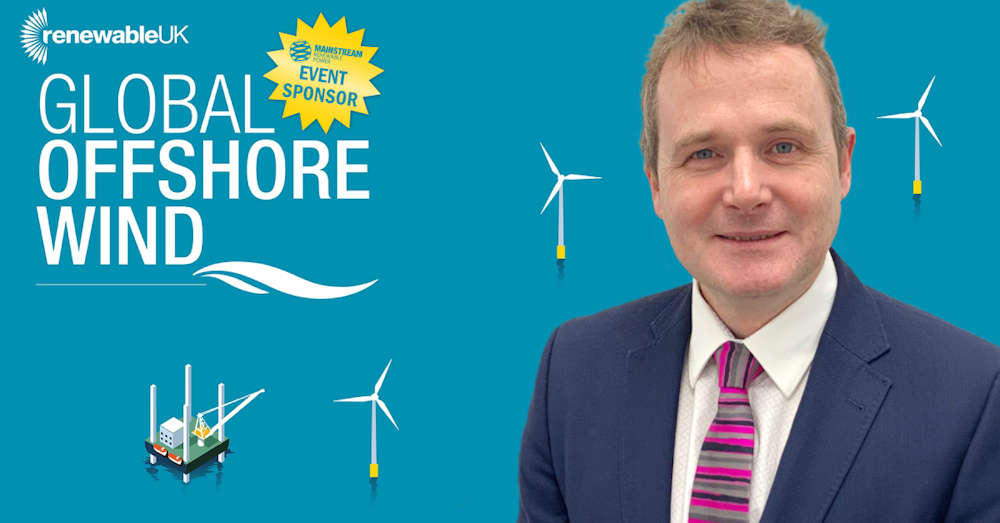
Mainstream's General Manager APAC and Offshore, Cameron Smith, explains why early collaboration with tier 1 offshore wind suppliers can deliver "what governments and workers want" in his interview for the RenewableUK blog
The revival of Mainstream’s partnership with Siemens for the ScotWind bidding process has been an early talking point at this year’s Global Offshore Wind conference, with organisers RenewableUK hailing the consortium as “one of the biggest success stories in the offshore wind supply chain”.
In an RUK event blog titled ‘Optimising supply chain through collaboration’, Cameron Smith, Mainstream’s General Manager APAC and Offshore, discusses why making tier one commitments from the outset is a win/win for all sides in emerging markets.
And he also makes a compelling case for greater ambition on offshore wind capacity building, in the interview which you can read here…
Mainstream Renewable Power is part of a supply chain led consortium with Siemens Financial Services, with Siemens Gamesa Renewable Energy and Siemens Energy. The powerhouse behind the Hornsea zone, this partnership is one of the biggest success stories in the offshore wind supply chain.
Cameron Smith, General Manager APAC and Offshore for Mainstream Renewable Power, highlights why such a working relationship is essential for the future of the sector as a whole:

Mainstream / Siemens consortium has been an early talking point at the RUK Global Offshore Wind conference
“A consortium like this places supply chain delivery at the core of the development programme from day one. This commitment allows the supply chain to plan ahead, creating time to design, consent, fund and build factories and facilities, creating cost-competitive projects and crucially facilitating the growth of indigenous tier two and three suppliers.
“The Hornsea zone, which enabled Siemens investment in the Hull blade facility, demonstrated that this early commitment, combined with scale and timeline certainty, creates a recipe for success.
“It is something we will bring into future projects, including our approach to the ScotWind offshore leasing round.
“Traditionally, companies in this space would have made tier one commitments later in the process, taking a competitive approach to securing key contracts once development works were complete. We believe that our alternative approach, making this early commitment combined with a collaborative ethos, provides us with a huge strategic advantage, especially as the supply chain matures.
“This is how we will deliver the content that governments and workers want – with time and space to optimise solutions, work with all agencies and create the most competitive end product. And as developers, we play our part in developing the supply chain.
“This will be even more important as the sector looks to build on indigenous capacity, utilising existing cabling, components and systems to broaden and strengthen the supply chain for the rapid growth of offshore wind.”
With regards to other lessons learnt from the Hornsea zone, Cameron emphasised that sensible use of the CfD [Contract for Difference] enabling programme was key to the successful delivery of the Humber blade facility, and that targeted support would be key to securing the future of deep water projects.
He also welcomed the ring-fencing of capacity for floating offshore wind, adding: “Creating dedicated support for floating wind is a far-sighted decision, similar to that which enabled the early CfD funded schemes which became a driving force in the success of fixed-bottom wind in the UK.
“We have the right resources, ambition and scale in Scotland and the wider UK to facilitate significant growth of this market. Political and public acceptance, government support and supply chain benefits are why we are genuinely heralded as a leader in the global industry.”
So, what’s next? Cameron is optimistic for the sector, echoing thoughts that the UK might benefit from more ambitious targets than those currently reported.
He says: “We need to deliver on the EU’s 450GW by 2050 offshore target, in fact we will need far more offshore wind capacity to deliver the decarbonised society. To do so, we need to talk about enablers, in particular, we should consider how the grid could be optimised to support significant capacity growth. Cost reduction and increased interconnectivity across Europe will be required to develop current infrastructure, but this is eminently achievable.
“The current UK government target for floating wind should also be significantly higher, I agree with many who believe that it should be multiples of the current 1GW level. This would make floating wind cost competitive with fixed-bottom projects, initiating dramatic cost reductions through innovation.”
Cameron’s passion and enthusiasm for growth of the offshore wind sector is shared by many across the industry, paving the way for an exciting GOW21.
About the event, Cameron adds: “This event is about sharing our successes and lessons learned with the global community. We have a terrific portfolio of projects in Vietnam, for instance, and there is huge opportunity to help drive their journey to decarbonisation.
“I hope people at the conference take time to look at these and similar emerging markets, consider how we can support and embrace each other’s skill and experience. Especially as we approach COP26, we must focus on these key countries, as they present huge opportunities for global decarbonisation. #RUKGOW21 is a great way to establish connections with other countries and prepare for ambitious future targets.”
This article is reproduced with the kind permission of RenewableUK. Subscribe to their blog series and register for RUK Global Offshore Wind 2021 here.
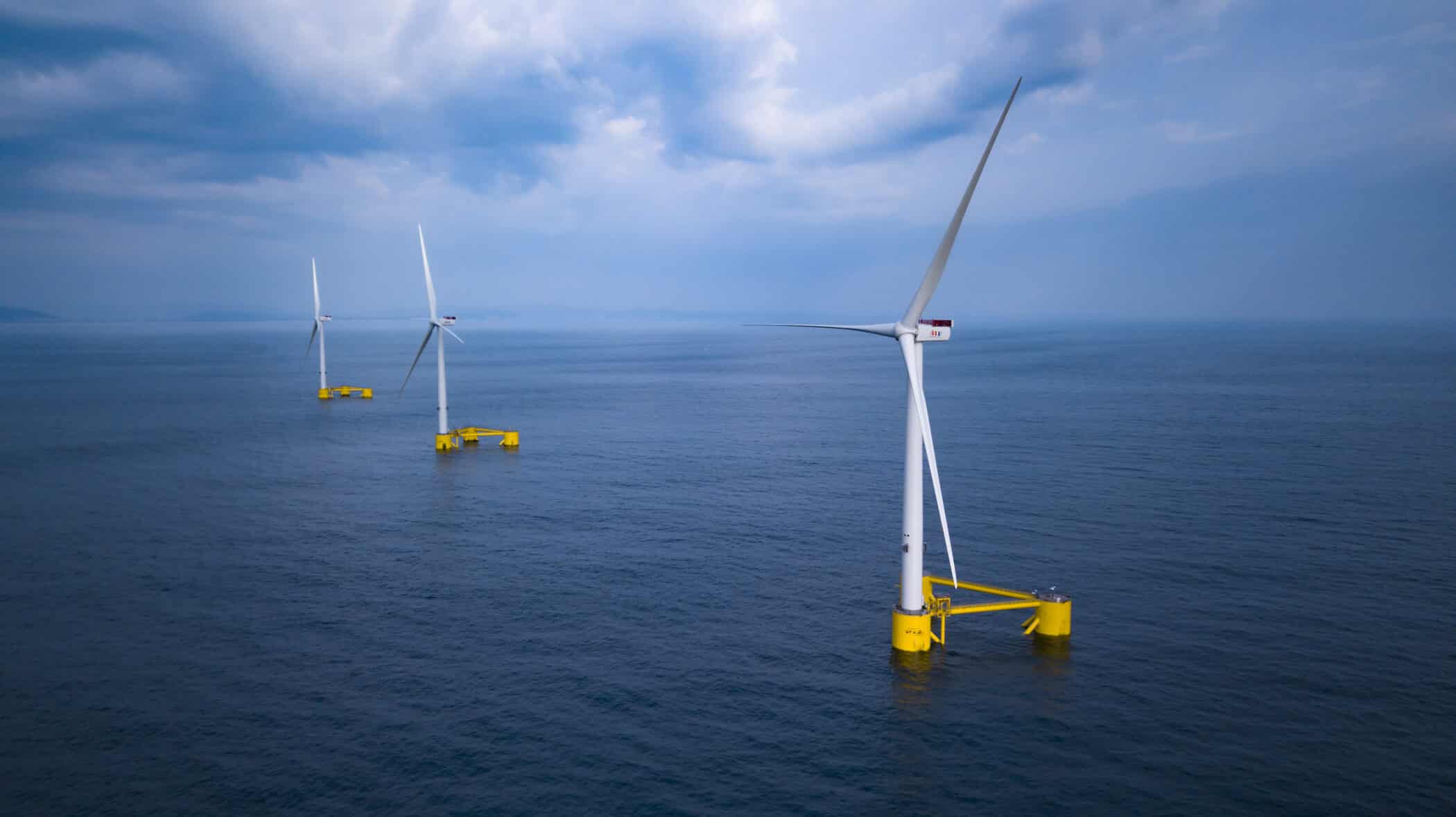
Related Project
Arven Wind Farm
In 2022, Mainstream and partner Ocean Winds signed a seabed lease with Crown Estate Scotland for the development of a 1.8 GW offshore wind farm off the Shetland Islands in Scotland.
In August 2023, Mainstream and Ocean Winds partnered to develop a second ScotWind site of 500 MW offshore Shetland, expanding the overall footprint of what we have named the Arven Offshore Wind Farm.
As the Norwegian word for heritage or legacy, Arven provides a link to the proud Norse history of the Shetland Islands and to the legacy which both partners plan to create on site.
Related News
View all News
Media Enquiries

Emmet Curley
Head of Communications and Positioning
